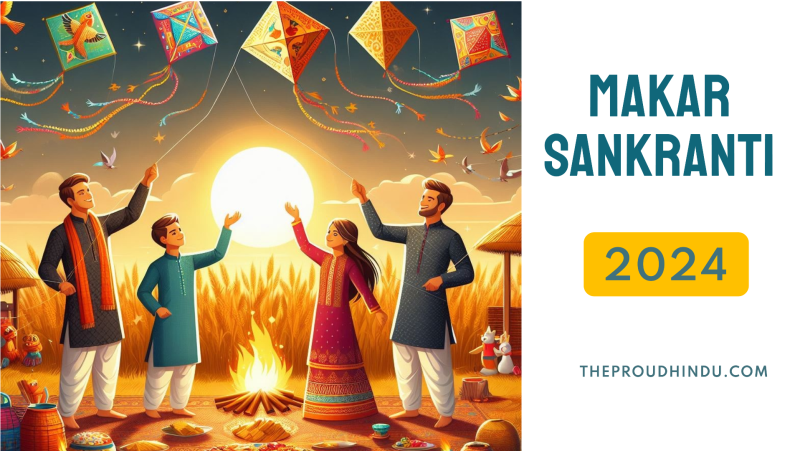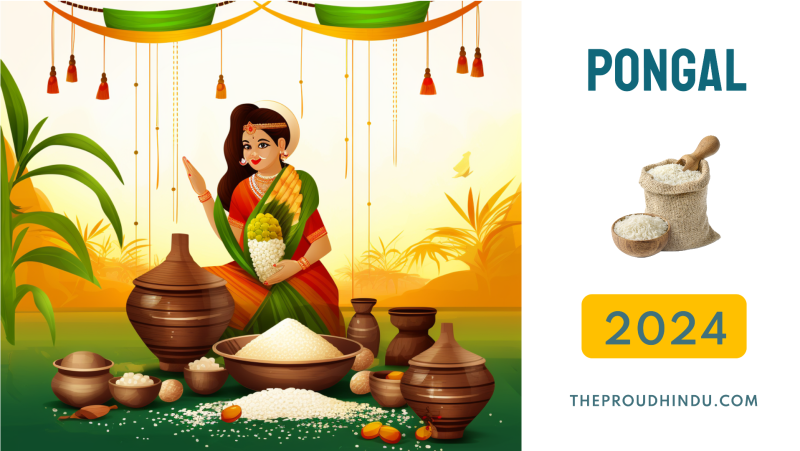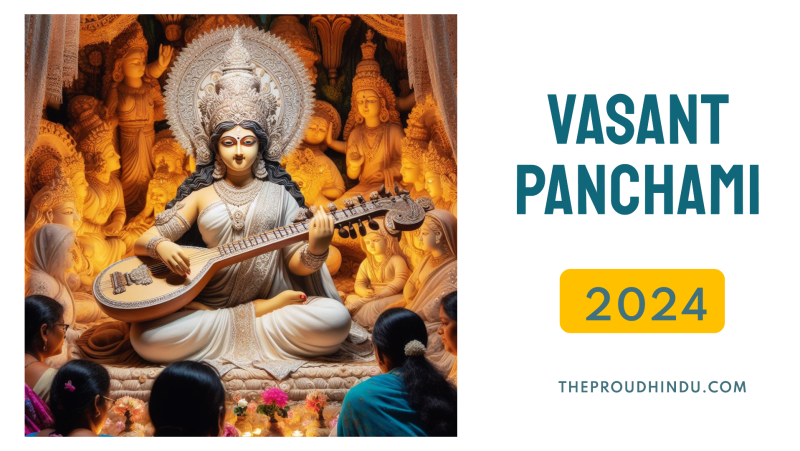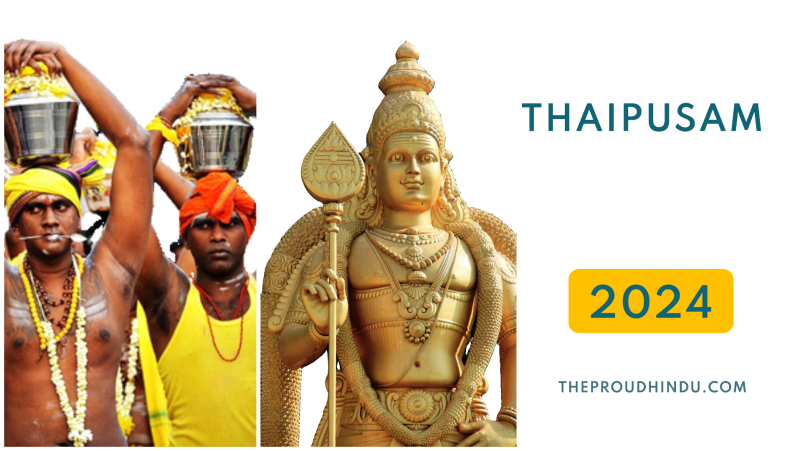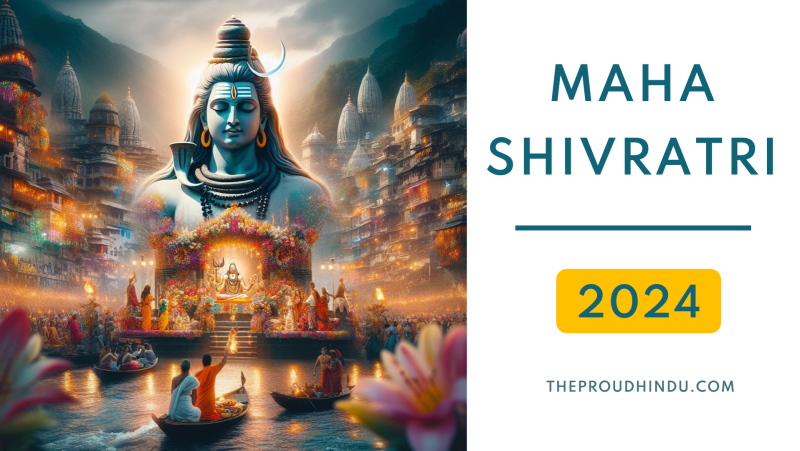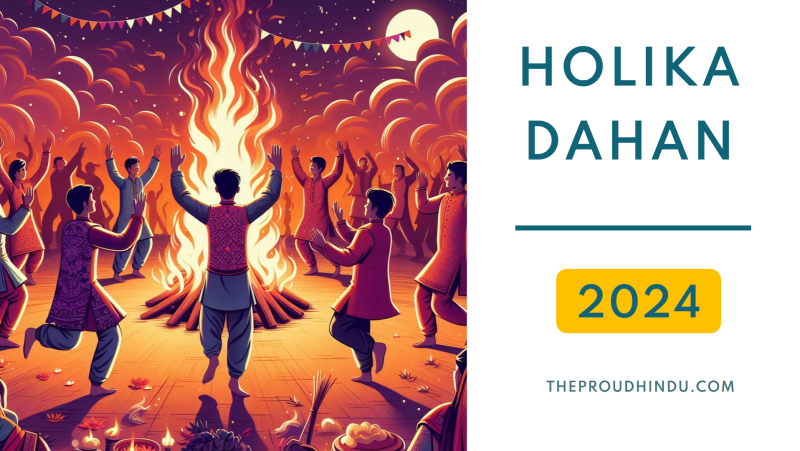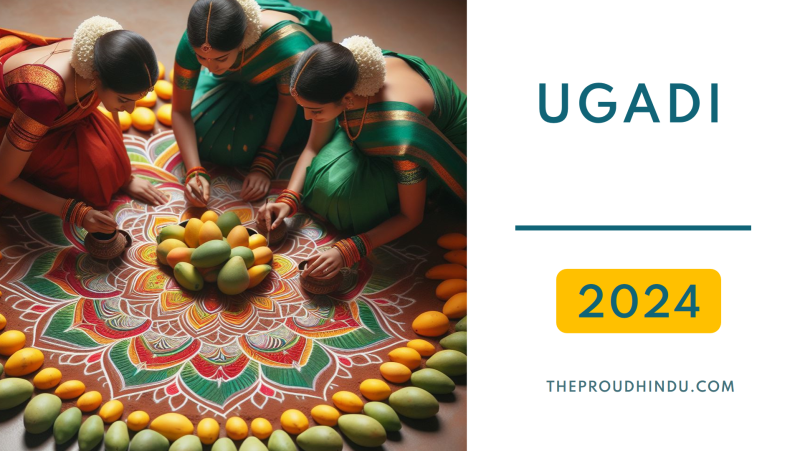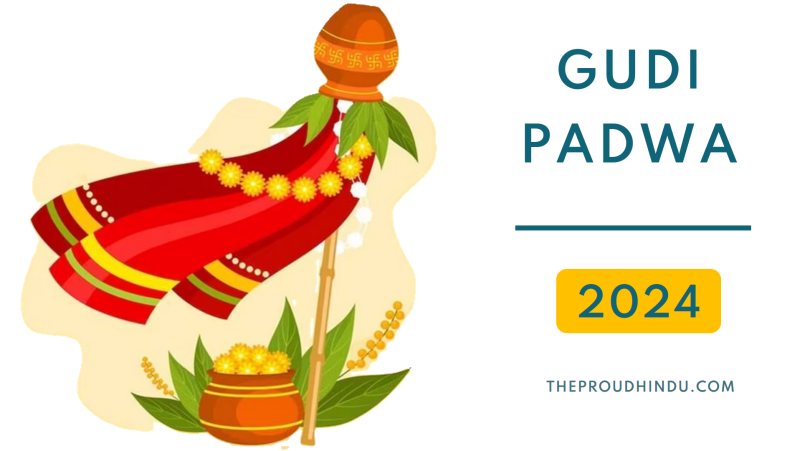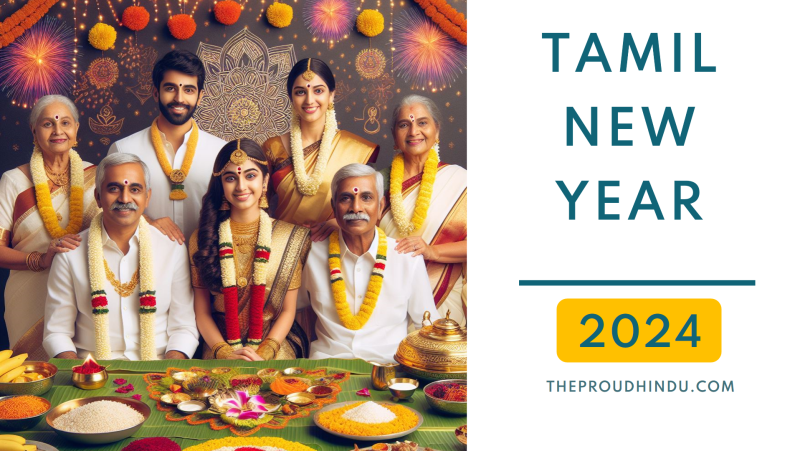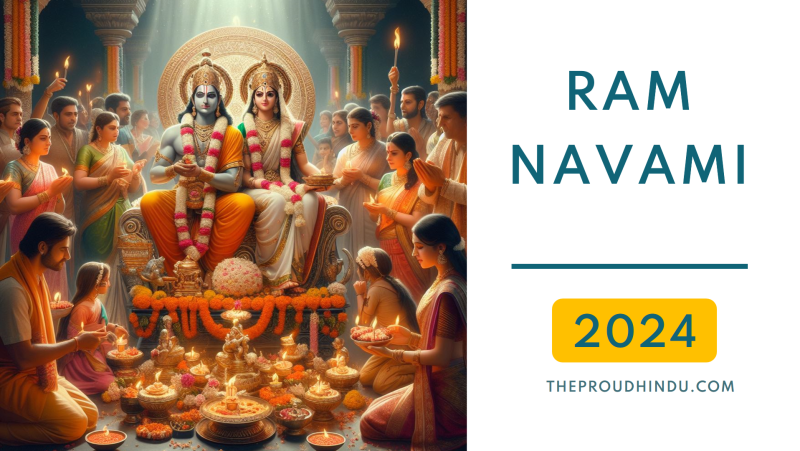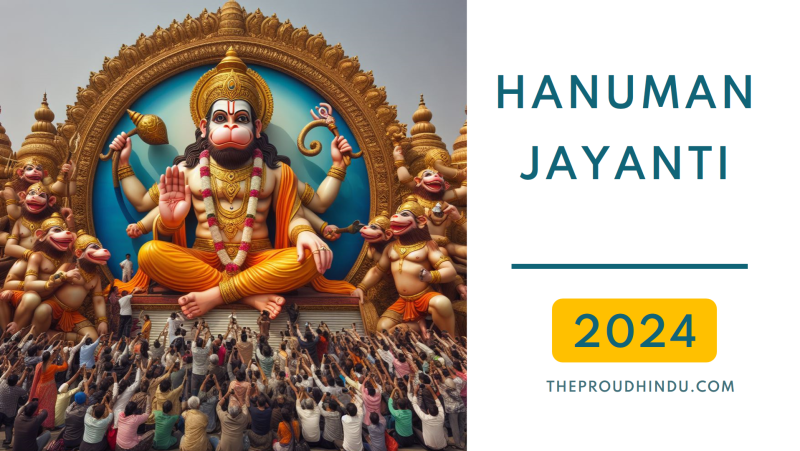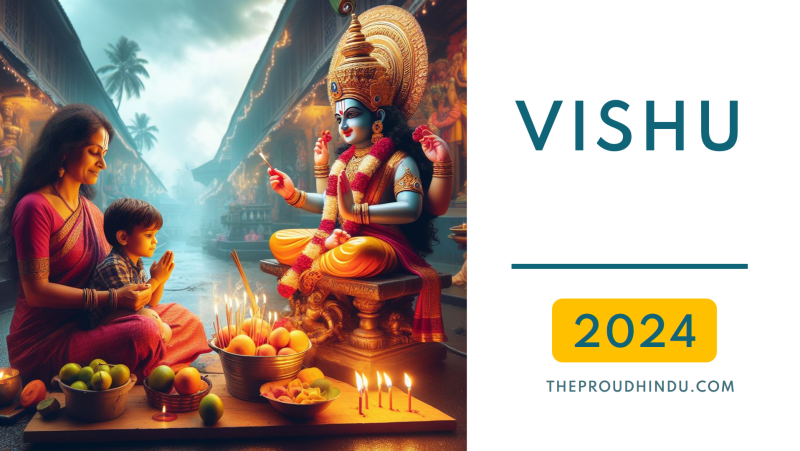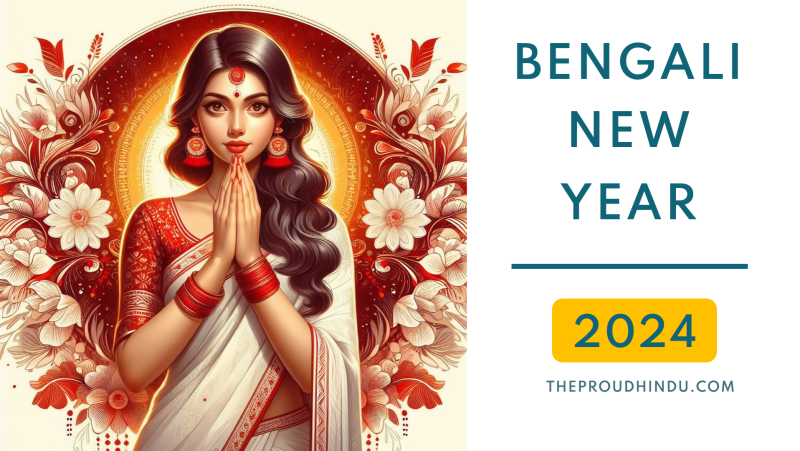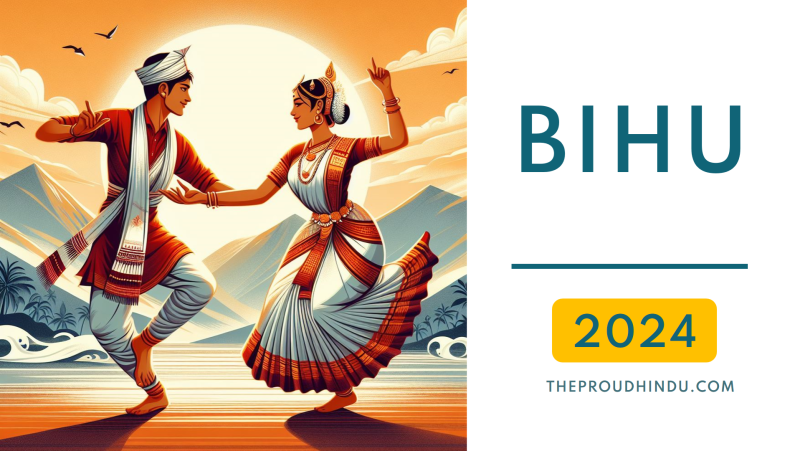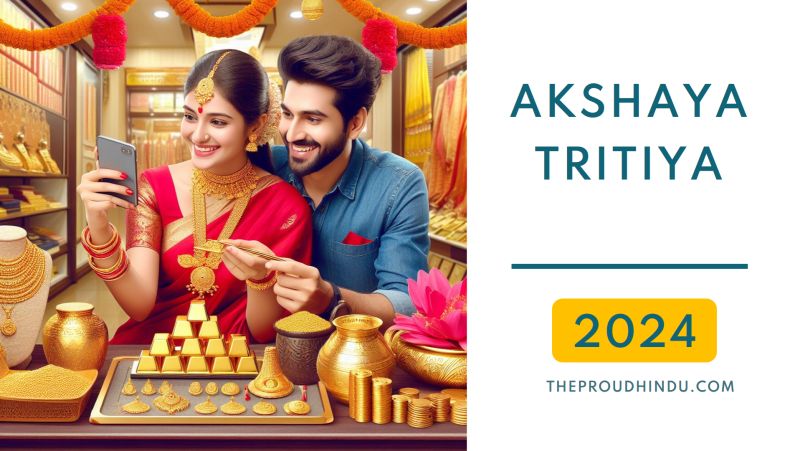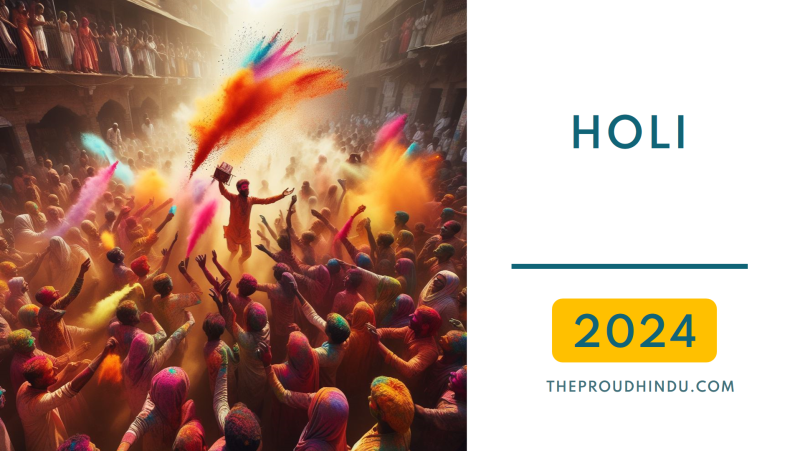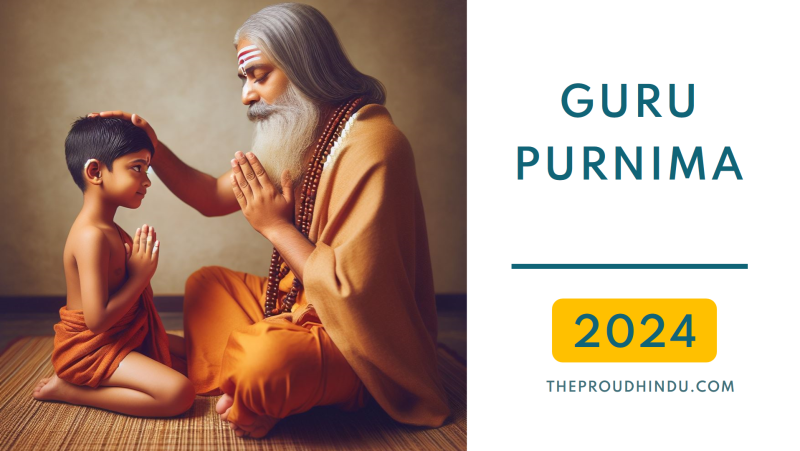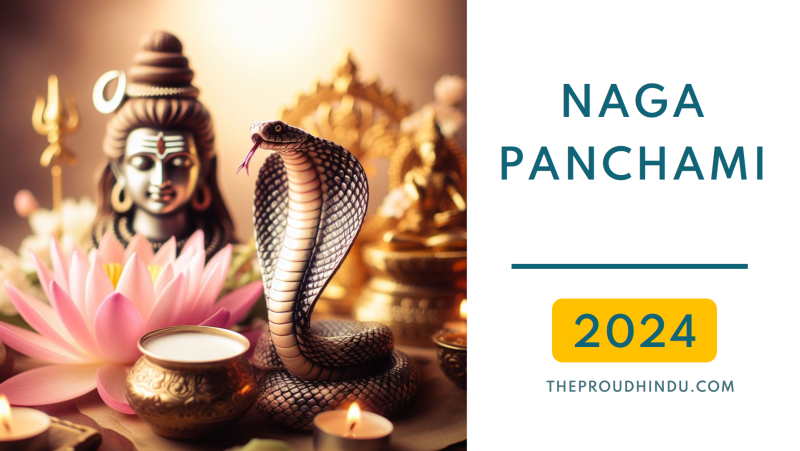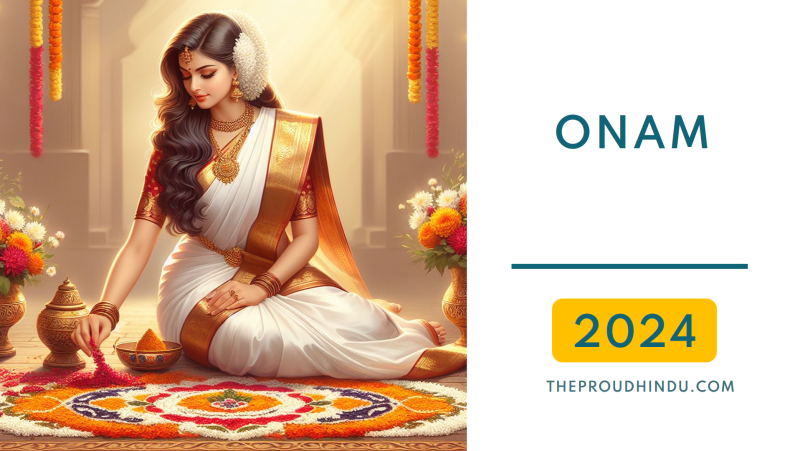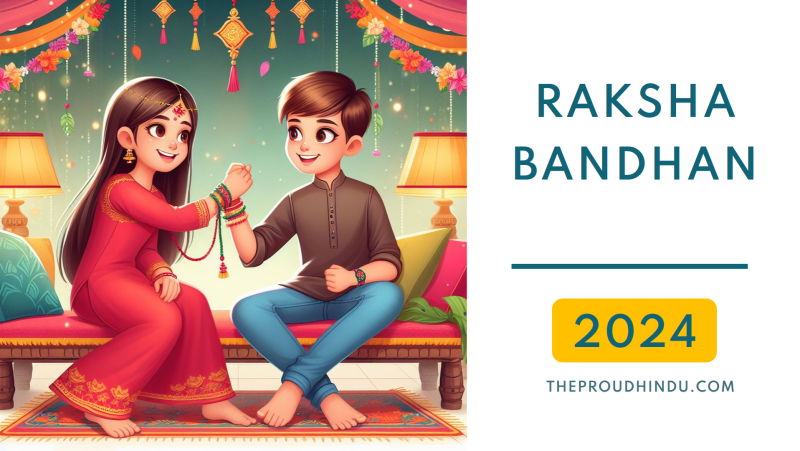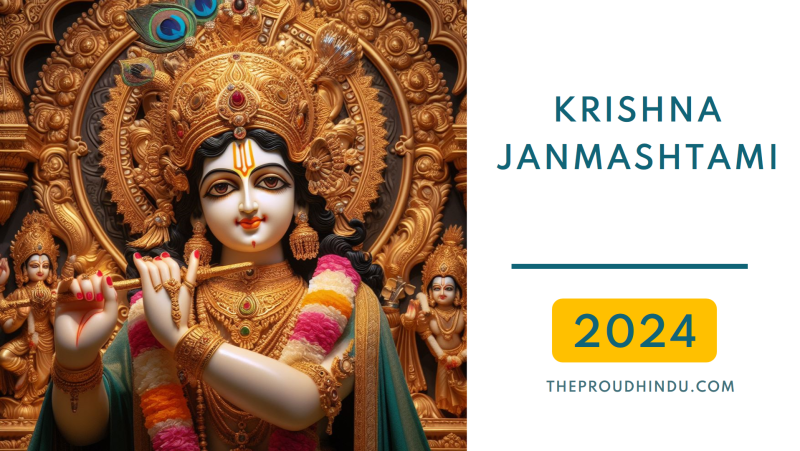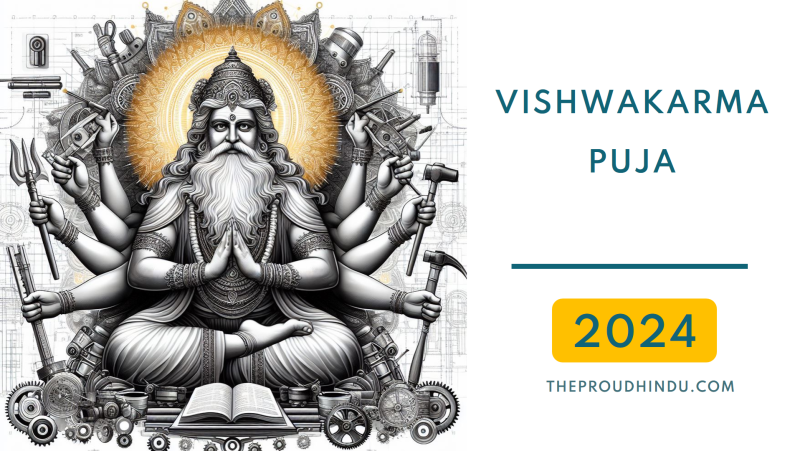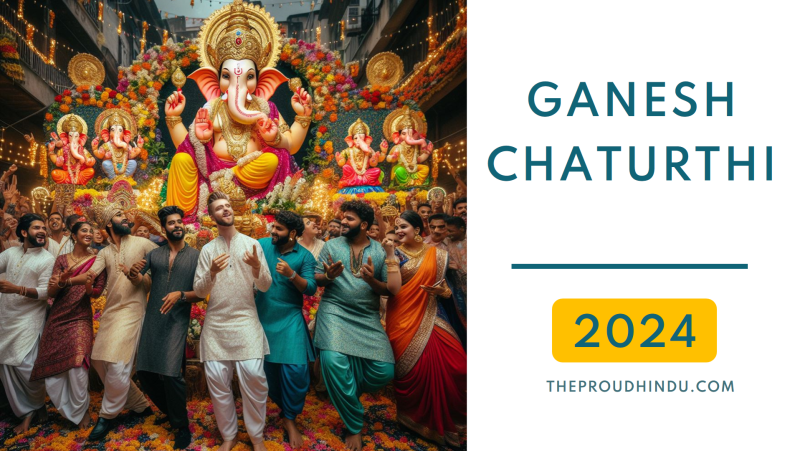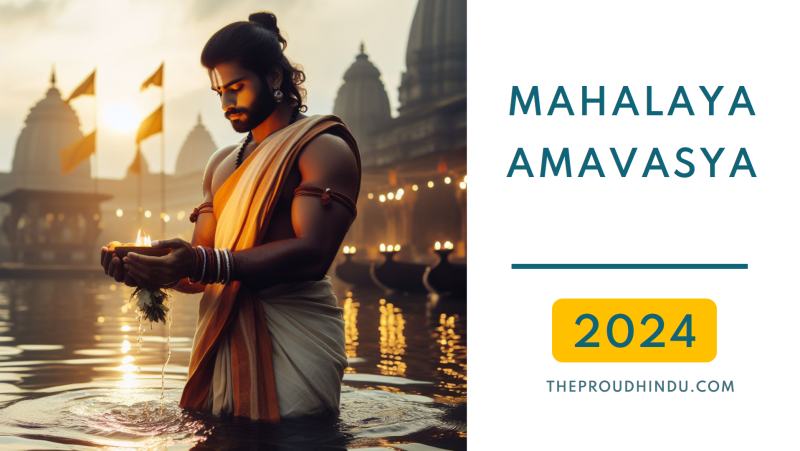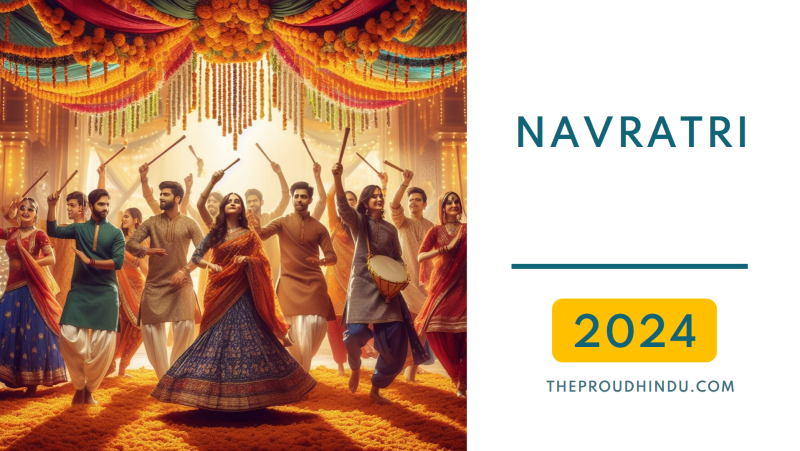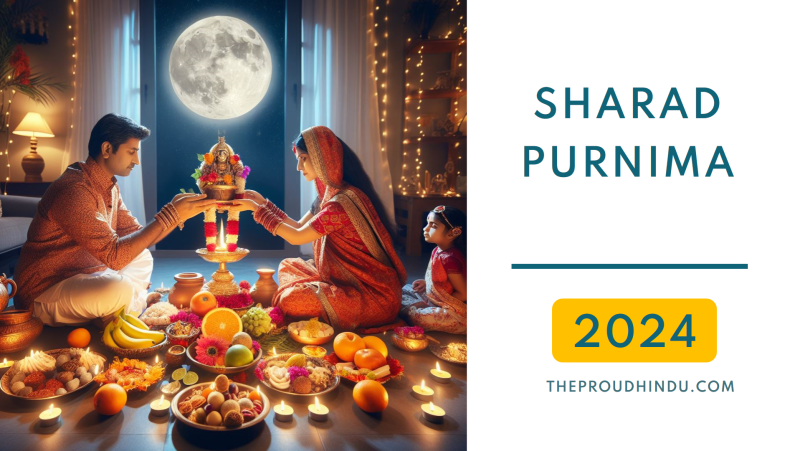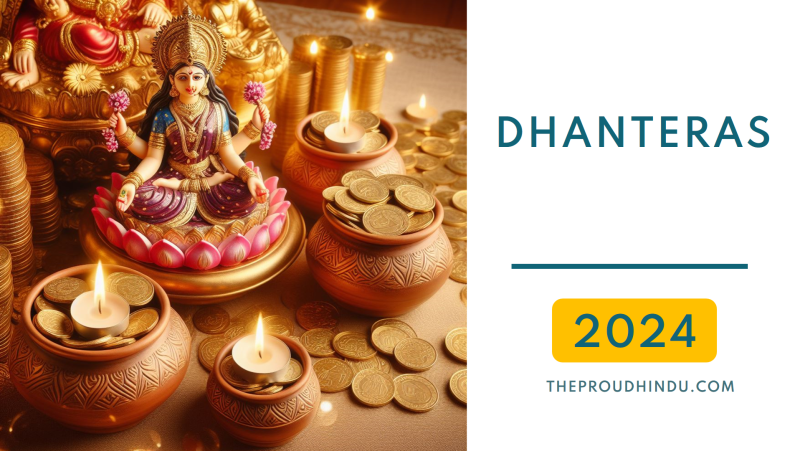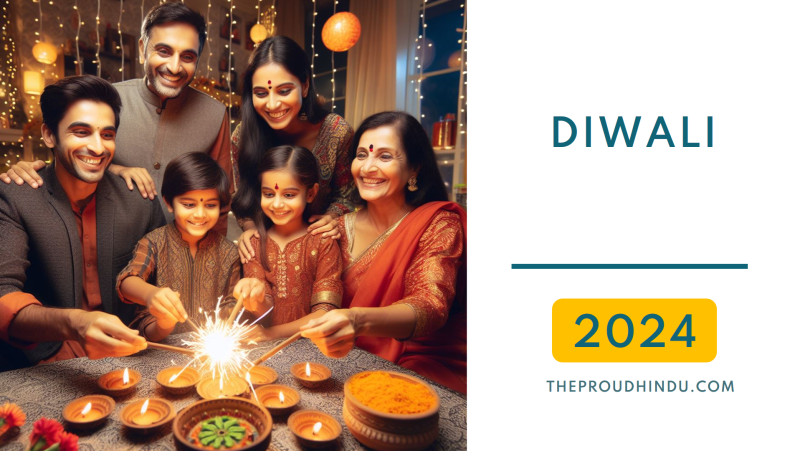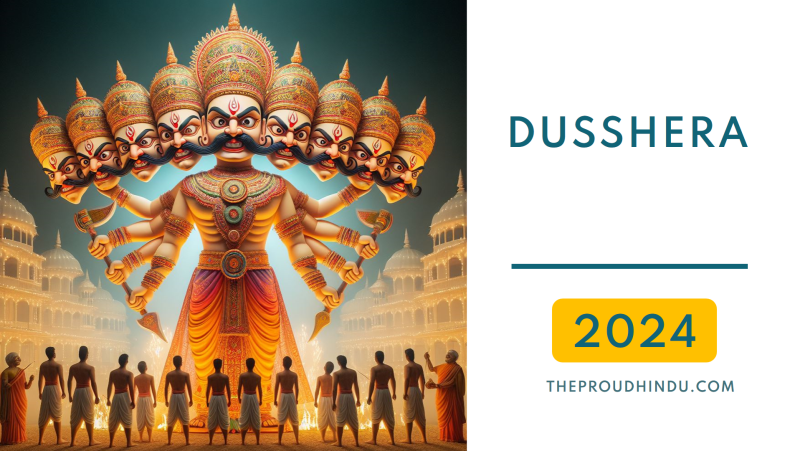
Dusshera 2025 Festival Celebration
Dusshera, Dussehra or Dasara also known as Vijayadashami, is a vibrant Hindu festival celebrated with great fervor across India and various parts of the world. It marks the triumph of good over evil, symbolizing the victory of Lord Rama over the demon king Ravana, as recounted in the epic Ramayana. The festival typically falls in the month of September or October, concluding the nine-day Navaratri celebrations. On this auspicious day, elaborate effigies of Ravana, Meghnad, and Kumbhakaran are burnt in open fields or grounds, symbolizing the destruction of evil forces. Families come together to witness these effigy burnings, exchange greetings, indulge in traditional dances like Ramleela (depicting Lord Rama's story), and relish special festive treats. Dussehra festival is not only a cultural extravaganza but also a time for reflection on the virtues of righteousness, truth, and the ultimate victory of good over evil.
Dusshera 2025 Date
Dusshera, also known as Dasara, or Dashain, will be celebrated on Thursday, 02 October 2025 in India
About Dusshera Festival In English
Dussehra festival is celebrated to commemorate the victory of good over evil and to honor the triumph of Lord Rama over the demon king Ravana. According to Hindu mythology, the festival signifies the day when Lord Rama, accompanied by his loyal brother Lakshmana and the monkey god Hanuman, defeated Ravana, who had abducted Sita. After a fierce battle that lasted for ten days, Lord Rama, with his strength, righteousness, and devotion to dharma (duty), ultimately vanquished Ravana, rescuing Sita and restoring peace and righteousness to the world. Dusshera is observed as a symbol of the victory of truth, righteousness, and virtue over deceit, evil, and wrongdoing. It serves as a reminder of the importance of upholding moral values and standing up against injustice.
What Is The Significance Of Burning Ravan effigy On Dusshera
The burning of the Ravana effigy on Dusshera holds significant symbolic importance in Hindu mythology and the celebration of the festival. Ravana, the demon king, represents evil, arrogance, and wrongdoing in the Hindu epic Ramayana.
1. Victory of Good over Evil: Burning the effigy of Ravana, along with those of Kumbhakarna and Meghnad, symbolizes the triumph of good over evil, as depicted in the Hindu epic Ramayana.
2. Symbol of Virtue prevailing over Vice: Ravana, the demon king, embodies arrogance, malevolence, and wrongdoing. The act of burning his effigy signifies the eradication of negativity, vices, and the removal of obstacles to establish righteousness and harmony.
3. Celebration of Lord Rama's Triumph: The ritual represents Lord Rama's victory over Ravana, showcasing the importance of righteousness, truth, and moral values prevailing over wickedness.
4. Removal of Obstacles and Negativity: The burning of the Ravana effigy is believed to purify the environment, ward off negative energies, and clear the path for positivity and prosperity.
5. Cultural Commemoration: It is a communal event that unites people from various backgrounds, fostering a sense of togetherness and shared celebration as they witness the symbolic destruction of evil.
6. Inspiration for Virtuous Living: The ritual serves as a reminder for individuals to follow the path of truth, righteousness, and moral values, encouraging them to stand against injustice and uphold goodness.
7. Festive Atmosphere: The event is accompanied by fireworks, music, cultural performances, and festivities, creating a joyous and vibrant ambiance.
8. Reflective of Moral Teachings: The burning of the Ravana statue encapsulates moral teachings, encouraging people to embrace virtuous living and strive for righteousness in their lives.
What Are The Different Ways Dusshera Is Celebrated In India
Dusshera is celebrated across India with diverse customs, traditions, and regional variations. Here are some of the different ways Dusshera is celebrated in various parts of the country:
1. Northern India:
• Ramlila Performances: The enactment of episodes from the Ramayana, known as Ramlila, is a significant part of Dussehra celebrations in states like Uttar Pradesh, Delhi, and Haryana.
• Effigy Burning: Large effigies of Ravana, Kumbhakarna, and Meghnad are set ablaze to symbolize the victory of good over evil.
• Processions and Fairs: Colorful processions with decorated idols of deities, cultural performances, and fairs are common in many cities and towns.
2. Southern India:
• Bommai Kolu/Golu: In states like Tamil Nadu, Andhra Pradesh, and Karnataka, families arrange tiered displays of dolls and figurines representing gods, goddesses, and mythological characters.
• Saraswati Puja: In some regions, Dussehra is dedicated to Saraswati, the goddess of knowledge, and Saraswati Puja (worship) is performed by offering prayers to books, tools, and instruments.
3. Eastern India:
• Maha Navami: The ninth day of Navaratri is celebrated with fervor in West Bengal as Maha Navami, marking the end of Durga Puja. Elaborate pandals (temporary structures) are set up, and processions are held to immerse Durga idols in rivers.
• Durga Puja: The festival involves grand decorations, cultural performances, and community gatherings to worship Goddess Durga.
4. Western India:
• Ghatasthapana: In Gujarat and other western states, Dussehra begins with Ghatasthapana, the installation of a pot symbolizing the goddess. This marks the beginning of Navaratri.
• Garba and Dandiya Raas: Traditional folk dances like Garba and Dandiya Raas are performed throughout Navaratri, culminating in vibrant dances on Dussehra night.
5. Central India:
• Ravana Dahan: Effigies of Ravana, Kumbhakarna, and Meghnad are burnt in states like Madhya Pradesh and Chhattisgarh, accompanied by cultural programs and fairs.
• Processions: Colorful processions depicting the victory of Lord Rama are taken out in various cities and towns.
Each region in India celebrates Dussehra in its unique way, showcasing diverse cultural practices, rituals, and festivities while rejoicing in the victory of good over evil.
Dussehra Puja
Dussehra Puja, also known as Vijayadashami Puja, is a significant ritual performed on the day of Dussehra, which marks the culmination of the Navaratri festival. The puja varies in different regions of India but generally involves the worship of various deities and honoring the victory of good over evil.
Here is an overview of the customary practices observed during Dussehra Puja:
1. Puja Preparation: Families clean and decorate their homes and set up a sacred space or altar for the puja. Idols or images of gods and goddesses, especially image of Lord Rama or image of Goddess Durga, and other deities, are placed on the altar.
2. Offerings and Rituals: The puja commences with prayers, chants, and the lighting of lamps. Offerings such as flowers, fruits, sweets, coconut, incense, and sacred water (holy water) are presented to the deities as a symbol of reverence.
3. Mantras and Bhajans: Devotional songs (bhajans) are sung, and mantras are recited praising the divine, seeking blessings, and expressing gratitude.
4. Story Narration: In many households, the epic tale of Ramayana is narrated or read aloud, highlighting the significance of Lord Rama's victory over Ravana and the triumph of good over evil.
5. Burning Effigies: In some regions, particularly in the northern parts of India, the culmination of the puja involves the symbolic burning of effigies representing Ravana, Kumbhakarna, and Meghnad, typically carried out in open grounds or public spaces.
6. Feasting and Celebrations: After the puja, families and communities come together to share special meals, sweets, and delicacies as a part of the celebration.
7. Cultural Events: Cultural programs, folk dances, and dramas depicting episodes from the Ramayana or other mythological stories are organized in various places as part of the festive celebrations.
Dussehra Puja is a time when devotees seek blessings, express gratitude, and celebrate the victory of righteousness and goodness. It's a significant occasion fostering unity, piety, and the spirit of festivity among people of different backgrounds.
Dusshera Date
| Year | Date | Day |
|---|---|---|
| Dusshera 2023 Date | 24 October 2023 | Tuesday |
| Dusshera 2024 Date | 12 October 2024 | Saturday |
| Dusshera 2025 Date | 02 October 2025 | Thursday |
| Dusshera 2026 Date | 20 October 2026 | Tuesday |
| Dusshera 2027 Date | 09 October 2027 | Saturday |
You may also like …
Are You The Proud Hindu?
The Trimurti
Create an account to join us and start taking part in conversations.
SIGNIN
